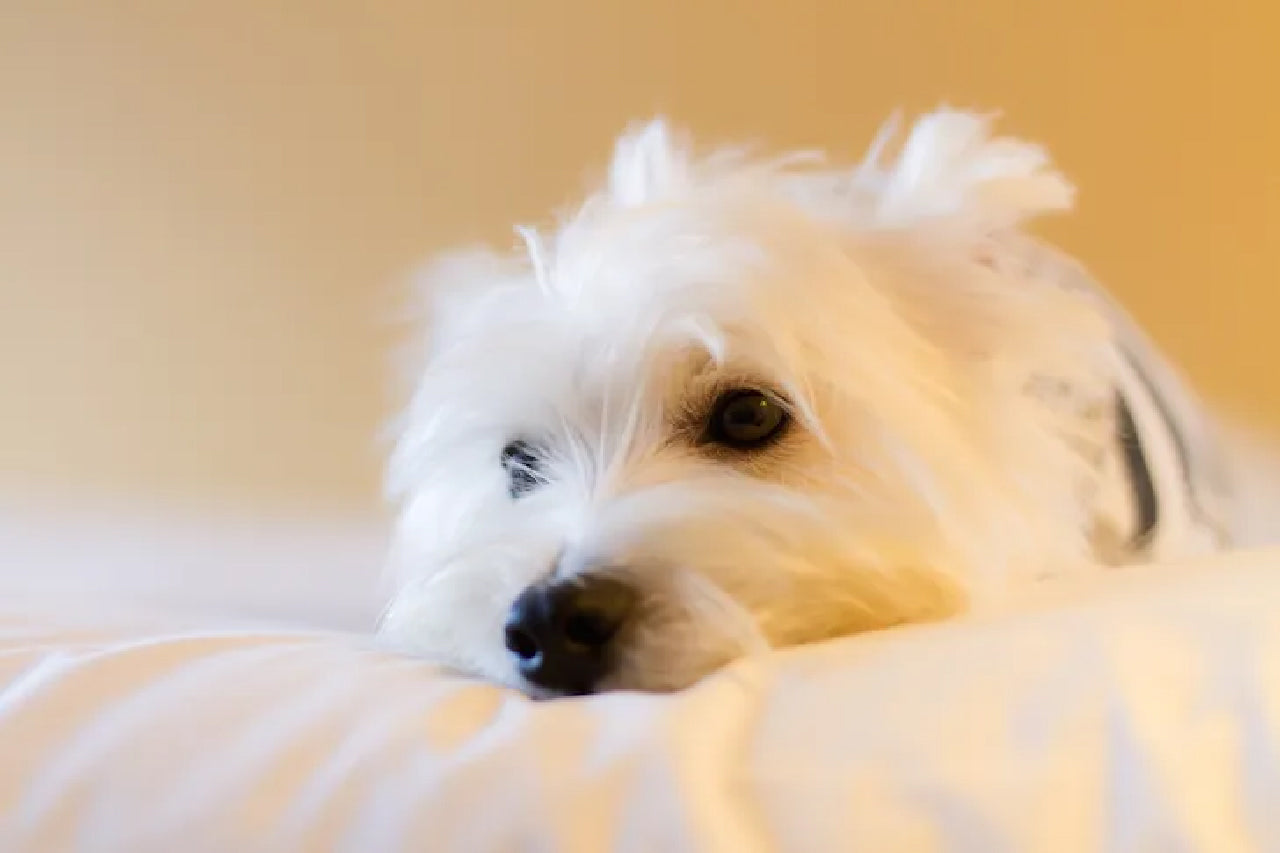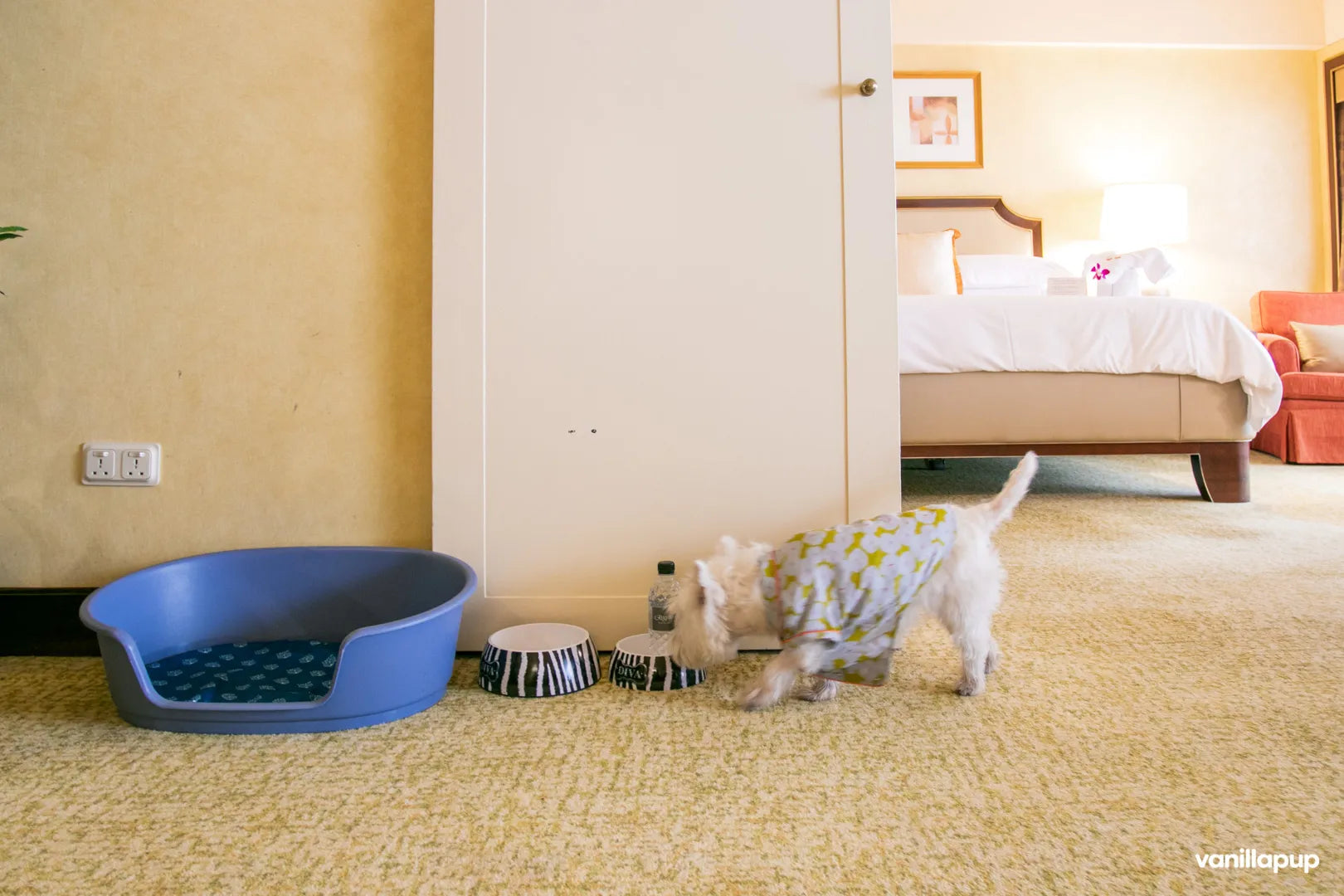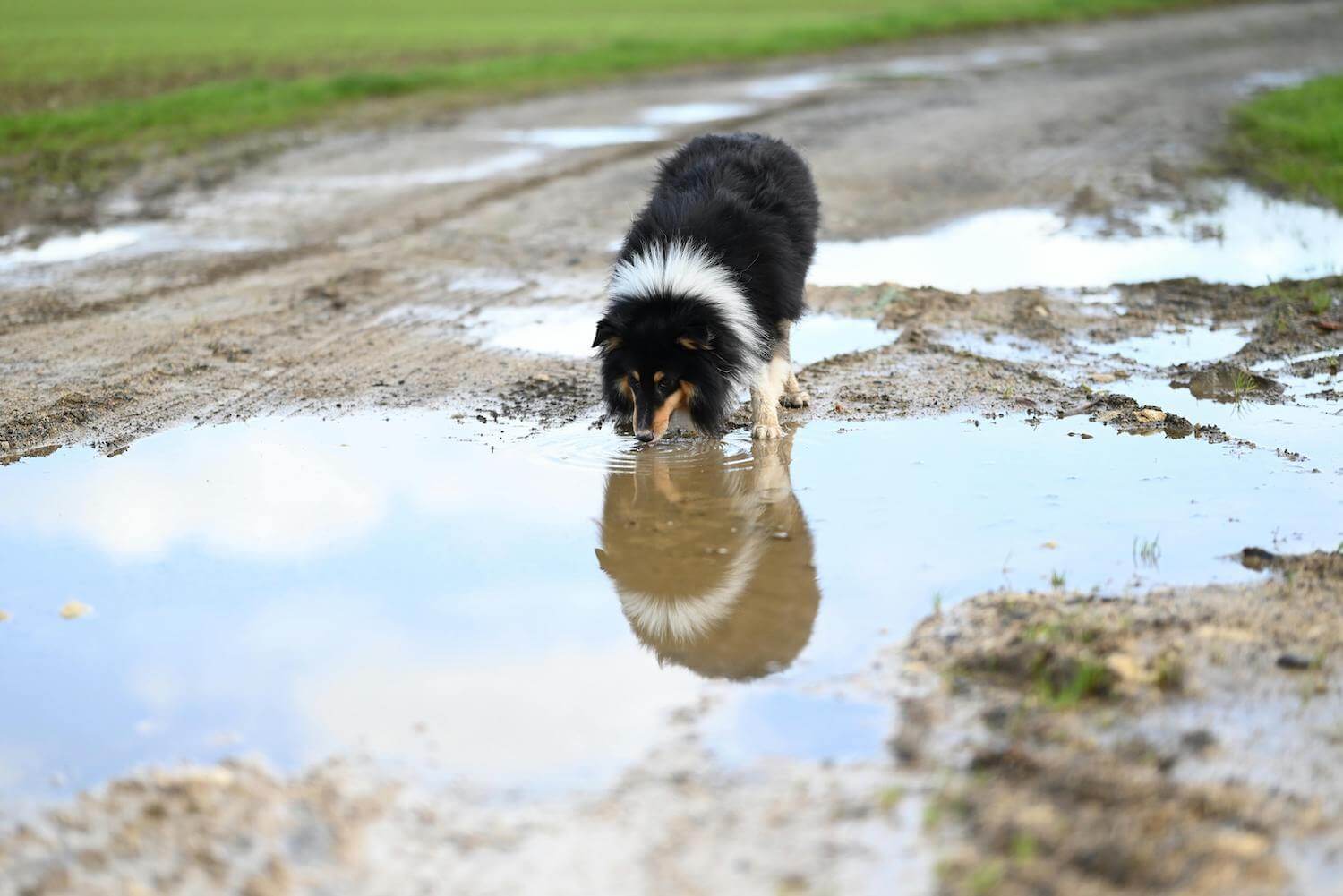The sound of our dogs vomiting sends most of us jumping up from our slumber. Most of the time, when a dog vomits hours away from their previous meal, you would only see yellow, foamy liquid, which is what we call bile.
Empty stomach
A dog occasionally vomiting bile is usually not worrying and is likely due to an empty stomach. Some reasons for this:
- Meal portions are too little
- Meals are more than 12 hours apart
- Their metabolism is high
If your dog is prone to vomiting bile due to an empty stomach, try adjusting portions or the feeding schedule. Giving your dog a little snack in between meals - midday or before bedtime, depending on when they usually vomit bile, may help too.
Licking
Latte, our Westie, used to like licking her paws in the early morning and that really worked up her stomach acid, causing her to vomit bile. No other article I have read has covered this as one of the potential reasons but it sure was the cause of her vomiting bile before breakfast.
Do not panic if your dog vomits bile only once. Monitor and make the adjustments suggested above. If your dog vomits more than once in 24 hours, has other symptoms, or you have reason to be concerned, then a vet appointment for a thorough checkup is necessary.
Other causes
If you have fed something new, the vomiting could also be due to dietary intolerance. If your dog no longer vomits bile after you have stopped the suspected food, re-introduce it after 1-2 weeks and monitor to confirm the intolerance.
Indigestion could be another reason. Bones or harder to digest food could come back up in a pile of foamy bile. Look closely and you might find small pieces of the offending food in the pool of bile.
According to Dr. Brian Loon from Amber Vet, "Causes of vomiting are widely varied. It could be due to minor ailments, such as gastrointestinal upset and gastrointestinal parasites, or more severe causes, such as kidney and liver diseases and even cancer."
If the symptom continues even after changing the feeding amount or schedule, and you have not fed anything new, consult a trusted vet to rule out more serious causes.



